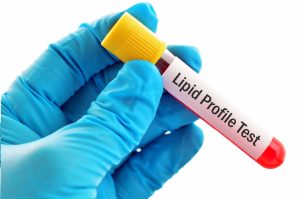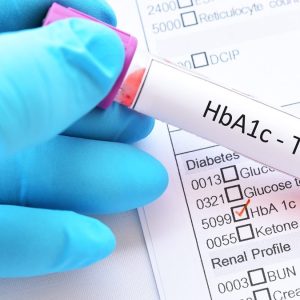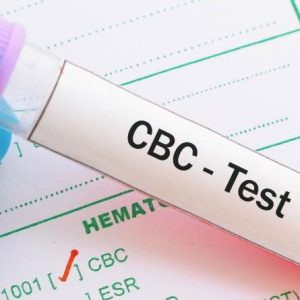Description
A lipid profile is a blood test that measures the levels of different types of lipids (fats) in your blood. The test provides information about your cholesterol levels, which is important for assessing your risk of cardiovascular diseases. A lipid profile typically includes the following components:
- Total Cholesterol: This is the total amount of cholesterol in your blood, including both low-density lipoprotein (LDL) cholesterol and high-density lipoprotein (HDL) cholesterol.
- Low-Density Lipoprotein (LDL) Cholesterol: Often referred to as “bad” cholesterol, LDL cholesterol can contribute to the buildup of plaque in the arteries, leading to atherosclerosis and an increased risk of heart disease.
- High-Density Lipoprotein (HDL) Cholesterol: Commonly known as “good” cholesterol, HDL cholesterol helps remove LDL cholesterol from the bloodstream, reducing the risk of plaque buildup.
- Triglycerides: These are a type of fat found in the blood. High levels of triglycerides are associated with an increased risk of heart disease.
A lipid profile is usually done after a period of fasting, typically overnight. Fasting is required because certain measurements, such as triglycerides and LDL cholesterol, can be influenced by recent food intake.
Interpreting the results of a lipid profile can help healthcare providers assess your cardiovascular health and determine if you have an increased risk of heart disease or stroke. Lifestyle modifications and/or medications may be recommended based on the results to manage and reduce the risk of cardiovascular events. It’s essential to discuss the results with your healthcare provider to develop an appropriate plan for maintaining heart health.






